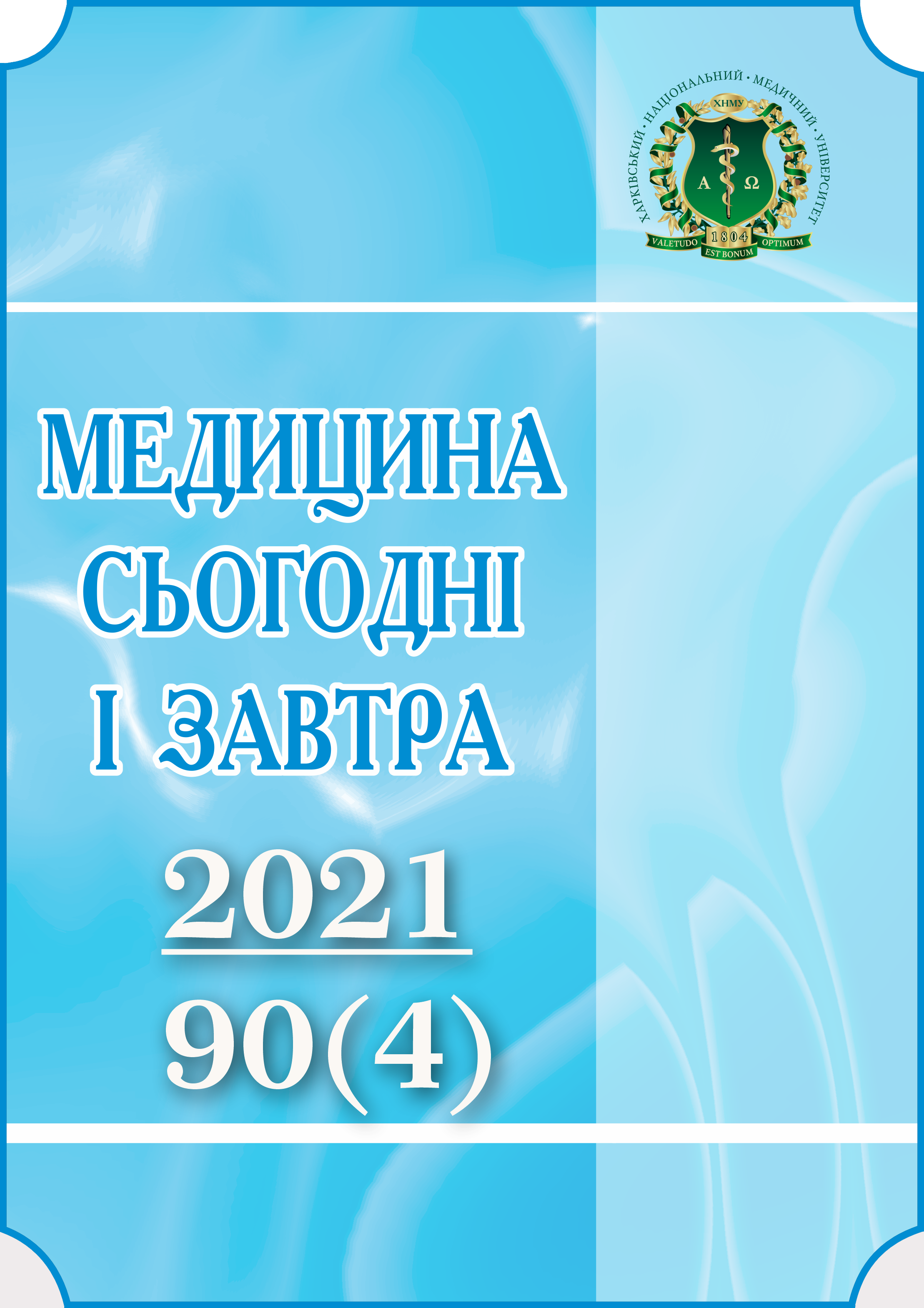Abstract
Retinal detachment (RD), its rupture, concussion, hemorrhage require urgent ophthalmic surgical intervention without fail. Restoring the anatomical integrity of the detached retina, the speed of surgical intervention, the choice of access and method of surgery, the quality of the surgical instrument are directly causally related to visual acuity, the number and severity of postoperative complications. The best complex ophthalmosurgical solutions relieve vitreoretinal surgeons of the need for vitrectomy and postoperative tamponade, provide sufficient strength of the chorioretinal connection, cause little oedema in the surgical site, a minimal atrophy, and a quick repair process. An important objective indicator of the optimal choice of the tool, access and nature of the intervention is minimal damage of the retina neurolayer and a decrease in its thickness due to surgical impact. This publication is devoted to the second phase of an experiment on animals, which simulates an operation to restore the anatomical integrity of a detached retina. The parameters of high-frequency monopolar electrocoagulation (current 0.1 A, voltage 10–16 V, frequency 66 kHz, suprachoroidal access, instrument of the original design with a extreme part of sphere diameter of 25 G) remain unchanged. For the second phase of the experiment, 30 adult rabbits (60 eyes) were used, divided into three experimental groups (10 animals, 20 eyes each) according to the exposure voltage (I – 10–12 V, II – 12–14 V, III – 14–16 V) and euthanized 1 week, 2 weeks and 1 month after surgery. The experiment took into account the data of its first phase regarding the control (IV) group of animals, which included 6 intact rabbits (12 eyes), as well as observations 1 hour and 3 days after the operation. The morphological structure of rabbit eyes was studied with an emphasis on the processes of oedema, atrophy and thickness of the retina.
Keywords: chorioretinal surgery, experimental ophthalmic surgery, retinal detachment, retinal thickness.
References
Saoud O, Turchyn MV, Serhiienko AM, Korol AP, Umanets MM. Retina changes in the early stages after high-frequency monopolar electrocoagulation through the suprachoroidal access. Experimental and Clinical Medicine. 2021;90(3):14p. In press. DOI: 10.35339/ekm.2021.90.1.sts [in Ukrainian].
GBD 2019 Blindness and Vision Impairment Collaborators; Vision Loss Expert Group of the Global Burden of Disease Study. Causes of blindness and vision impairment in 2020 and trends over 30 years, and prevalence of avoidable blindness in relation to VISION 2020: the Right to Sight: an analysis for the Global Burden of Disease Study. Lancet Glob Health. 2021;9(2):e144-e160. DOI: 10.1016/S2214-109X(20)30489-7. PMID: 33275949.
Burton MJ, Ramke J, Marques AP, Bourne RRA, Congdon N, Jones I, et al. The Lancet Global Health Commission on Global Eye Health: vision beyond 2020. Lancet Glob Health. 2021;9(4):e489-551. DOI: 10.1016/S2214-109X(20)30488-5. PMID: 33607016.
The Lancet Global Health. Unlocking human potential with universal eye health. Lancet Glob Health. 2021;9(4):e372. DOI: 10.1016/S2214-109X(21)00138-8. PMID: 33740398.
Lin KY, Hsih WH, Lin YB, Wen CY, Chang TJ. Update in the epidemiology, risk factors, screening, and treatment of diabetic retinopathy. J Diabetes Investig. 2021;12(8):1322-1325. DOI: 10.1111/jdi.13480. PMID: 33316144.
Hoogewoud F, Chronopoulos A, Varga Z, Souteyrand G, Thumann G, Schutz JS. Traumatic retinal detachment – the difficulty and importance of correct diagnosis. Surv Ophthalmol. 2016;61(2):156-63. DOI: 10.1016/j.survophthal.2015.07.003. PMID: 26216341.
Dulz S, Dimopoulos V, Katz T, Kromer R, Bigdon E, Spitzer MS, Skevas C. Reliability of the ocular trauma score for the predictability of traumatic and post-traumatic retinal detachment after open globe injury. Int J Ophthalmol. 2021;14(10):1589-94. DOI: 10.18240/ijo.2021.10.17. PMID: 34667737.
Nemet A, Moshiri A, Yiu G, Loewenstein A, Moisseiev E. A review of innovations in rhegmatogenous retinal detachment surgical techniques. J Ophthalmol. 2017;2017:4310643. DOI: 10.1155/2017/4310643. PMID: 28584664.
Sena DF, Kilian R, Liu S-H, Rizzo S, Virgili G. Pneumatic retinopexy versus scleral buckle for repairing simple rhegmatogenous retinal detachments. Cochrane Database of Systematic Reviews. 2021;(11):Art.No.CD008350. DOI: 10.1002/14651858.CD008350.pub3.
Antaki F, Dirani A, Ciongoli MR, Steel DHW, Rezende F. Hemorrhagic complications associated with suprachoroidal buckling. Int J Retina Vitreous. 2020;6:10. DOI: 10.1186/s40942-020-00211-6. PMID: 32318273.
Znaor L, Medic A, Binder S, Vucinovic A, Marin Lovric J, Puljak L. Pars plana vitrectomy versus scleral buckling for repairing simple rhegmatogenous retinal detachments. Cochrane Database Syst Rev. 2019;3(3):CD009562. DOI: 10.1002/14651858.CD009562.pub2. PMID: 30848830.
Bentivoglio M, Valmaggia C, Scholl HPN, Guber J. Comparative study of endolaser versus cryocoagulation in vitrectomy for rhegmatogenous retinal detachment. BMC Ophthalmol. 2019;19(1):96. DOI: 10.1186/s12886-019-1099-9. PMID: 31023285.
Cranwell WC, Sinclair R. Optimising cryosurgery technique. Aust Fam Physician. 2017;46(5):270-4. PMID: 28472571.
Dimopoulos S, William A, Voykov B, Bartz-Schmidt KU, Ziemssen F, Leitritz MA. Results of different strategies to manage complicated retinal re-detachment. Graefes Arch Clin Exp Ophthalmol. 2021;259(2):335-341. DOI: 10.1007/s00417-020-04923-1. PMID: 32926193.
Saoud O, Turchyn MV. Morphological changes in eyes after suprachoroidal high-frequency electrosurgical treatment of the retina. Experimental and Clinical Medicine. 2021;90(4):10p. In press. DOI: 10.35339/ekm.2021.90.4.sot [in Ukrainian].
Saoud O, Serhiienko A. Monopolar coagulator for surgery with suprachoroidal access. Medicine Today and Tomorrow. 2021;90(3):25-34. DOI: 10.35339/msz.2021.90.3.sse [in Ukrainian].
Pierce E. Histochemistry: Theoretical and Applied. Moscow: Foreign publishing house; 1962.
ImageFocusAlpha Help Manual. Netherlands: Euromex; 188 p. Available at: https://euromex.academy/it/uploads/producten/producten_product_taalspecifiek/ImageFocusAlpha_EN_17.pdf
Summanen P. Retinal detachment: Clinical guideline No.00814 based on evidence-based medicine. Ministry of Health of Ukraine, Duodecim Medical Publications Ltd; 2017. 4 p. [Internet]. Available at: https://guidelines.moz.gov.ua/documents/3594 [accessed 30 Nov 2021]. [In Ukrainian].
Pidvalna UY. Morphological features of organ of vision under pathological conditions. Scientific Bulletin of Uzhhorod University. Series "Medicine" 2013;3(48):244-8. Available at: https://dspace.uzhnu.edu.ua/jspui/handle/lib/1446 [in Ukrainian].
Maksymuk OJu. Optical coherent tomography in diagnosis of acute disorders of venous blood circulation in the retina and their complications. Actual Problems of the Modern Medicine: Bulletin of Ukrainian Medical Stomatological Academy. 2020;20(4):72-7. DOI: 10.31718/2077-1096.20.4.72. [In Ukrainian].
Pavlov SB. Mechanisms of participation of the physiological system of successful tissue in the molding of pathological processes. Dis ... doc biol sc spec. 14.03.04 – pathological physiology. Sumi: Sumy State University; 2017. 394 p. Available at: https://core.ac.uk/download/324282101.pdf [in Ukrainian].
Ye L, Shi Y, Yin Y, Li S, He J, Zhu J, Xu X. Effects of Atropine Treatment on Choroidal Thickness in Myopic Children. Invest Ophthalmol Vis Sci. 2020;61(14):15. DOI: 10.1167/iovs.61.14.15. PMID: 33320168.

